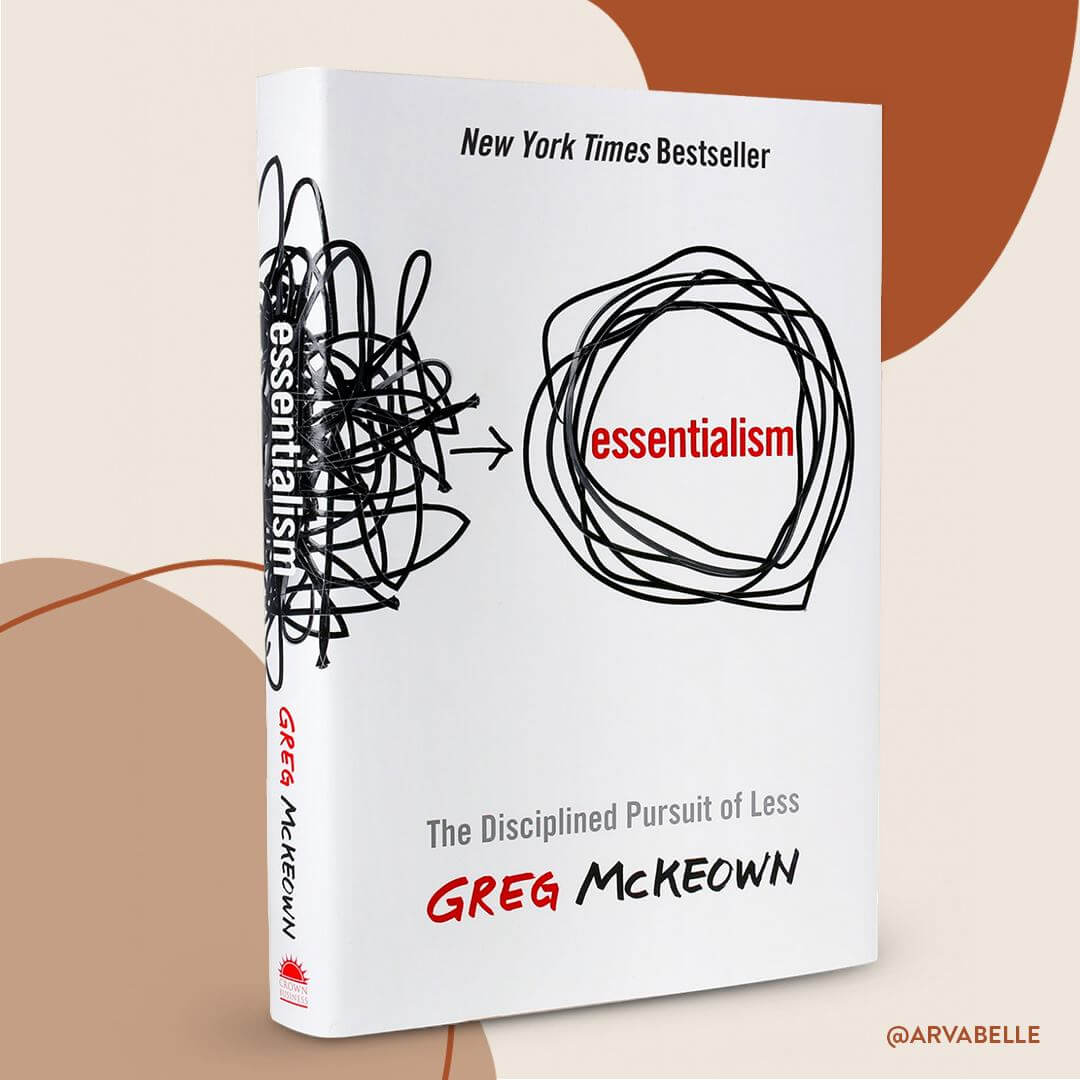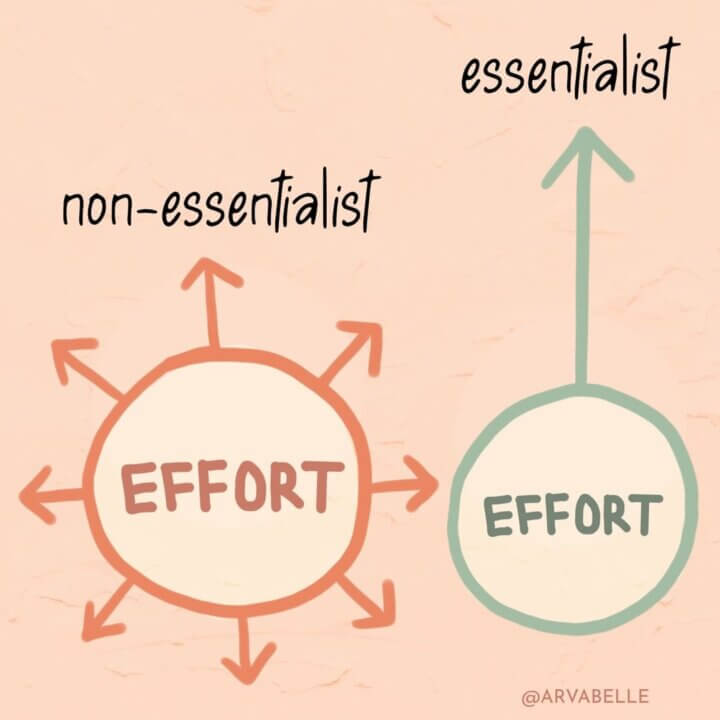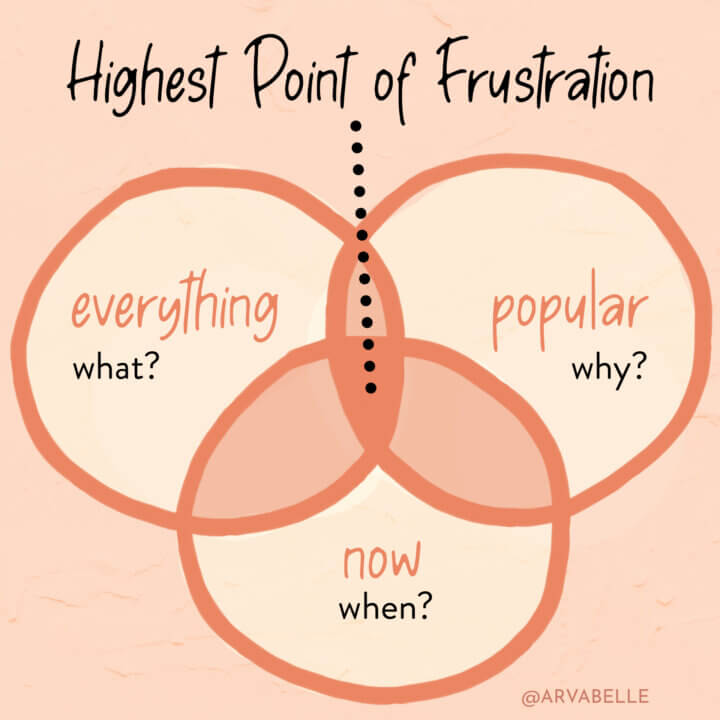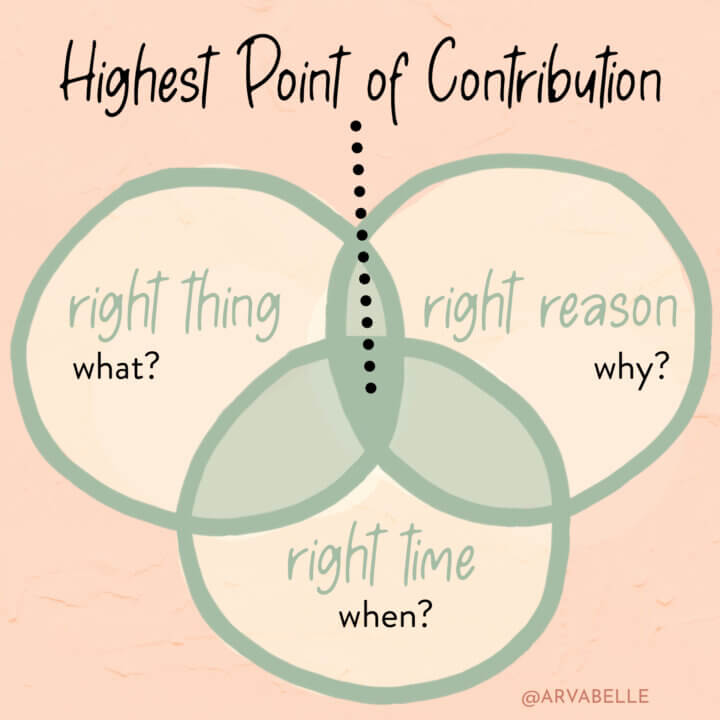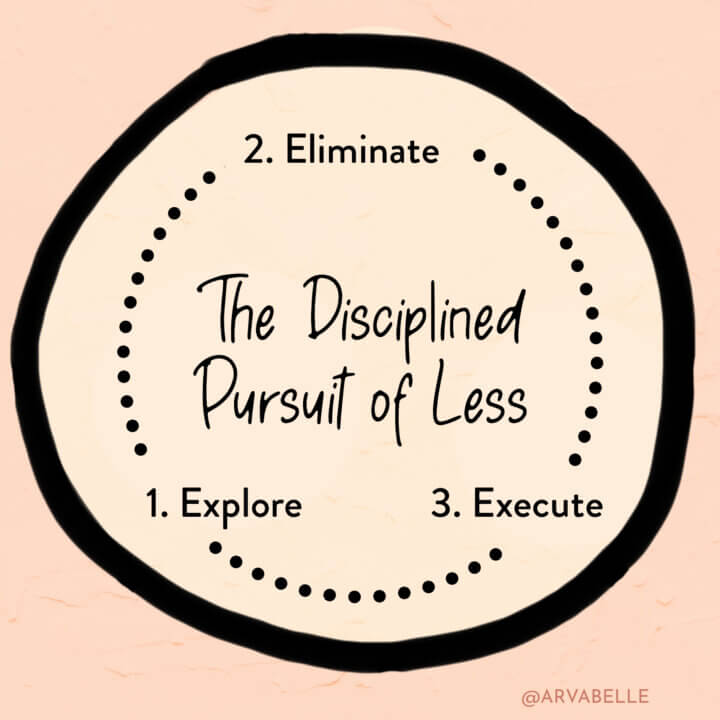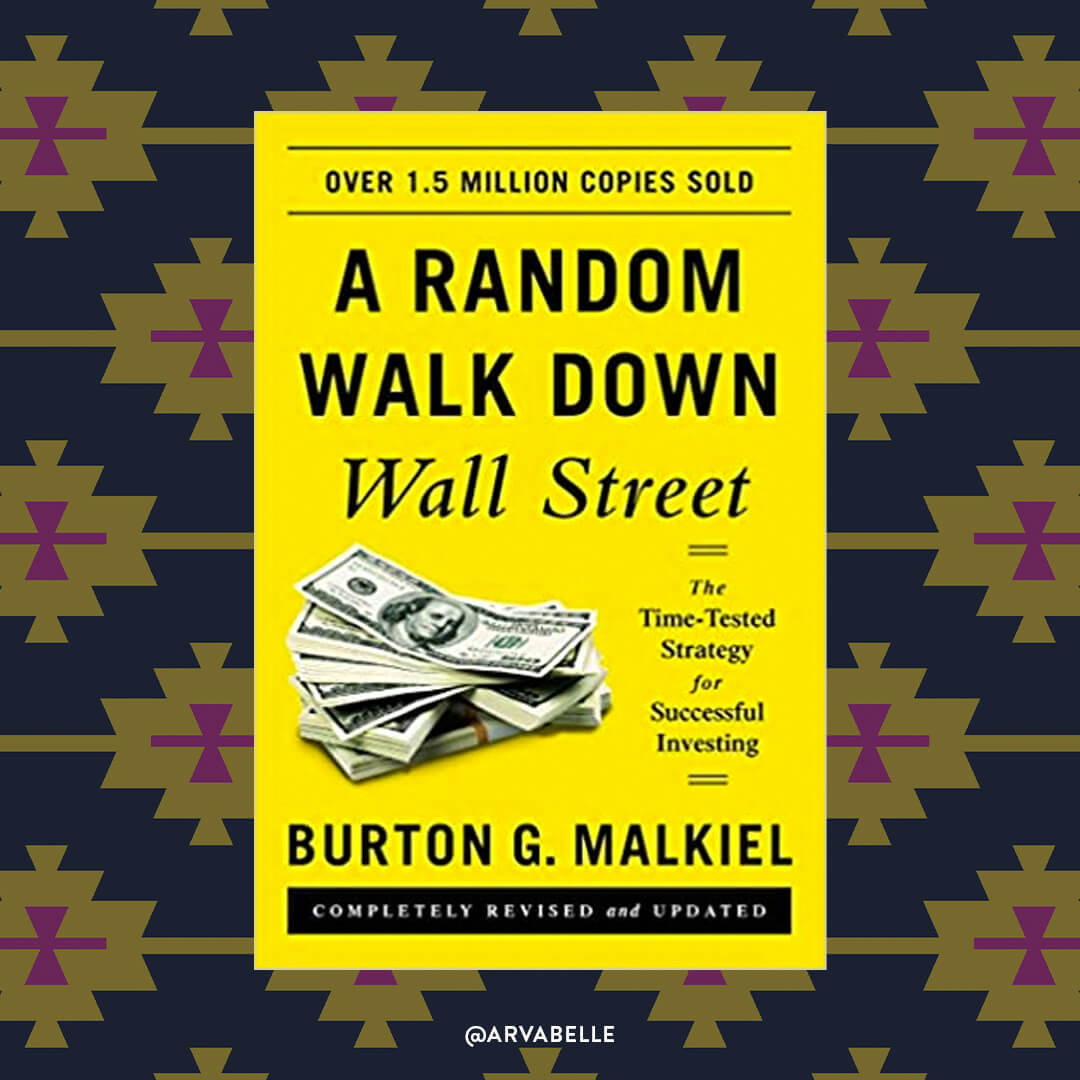our favorite investing apps

M1 Finance
M1 Finance is a commission free app that allows you to easily automate your investing.
Get a $30 bonus when you fund your account with $1000+.

Robinhood
Robinhood is a commission free investing app with no account minimums.
Get 1 free stock when you sign up.
Public
Public is a social investing app with no commissions and no account minimums.
Get a $10 stock slice when you sign up.
